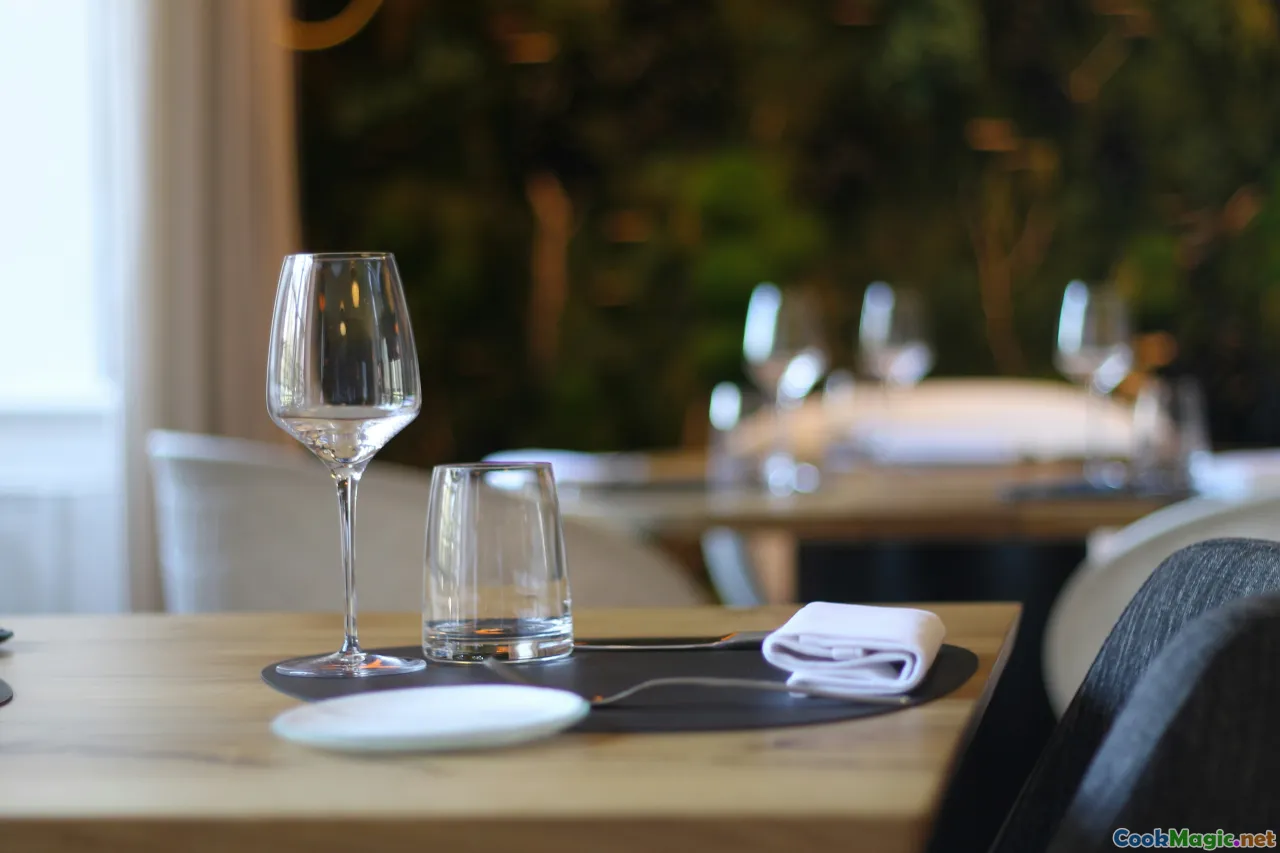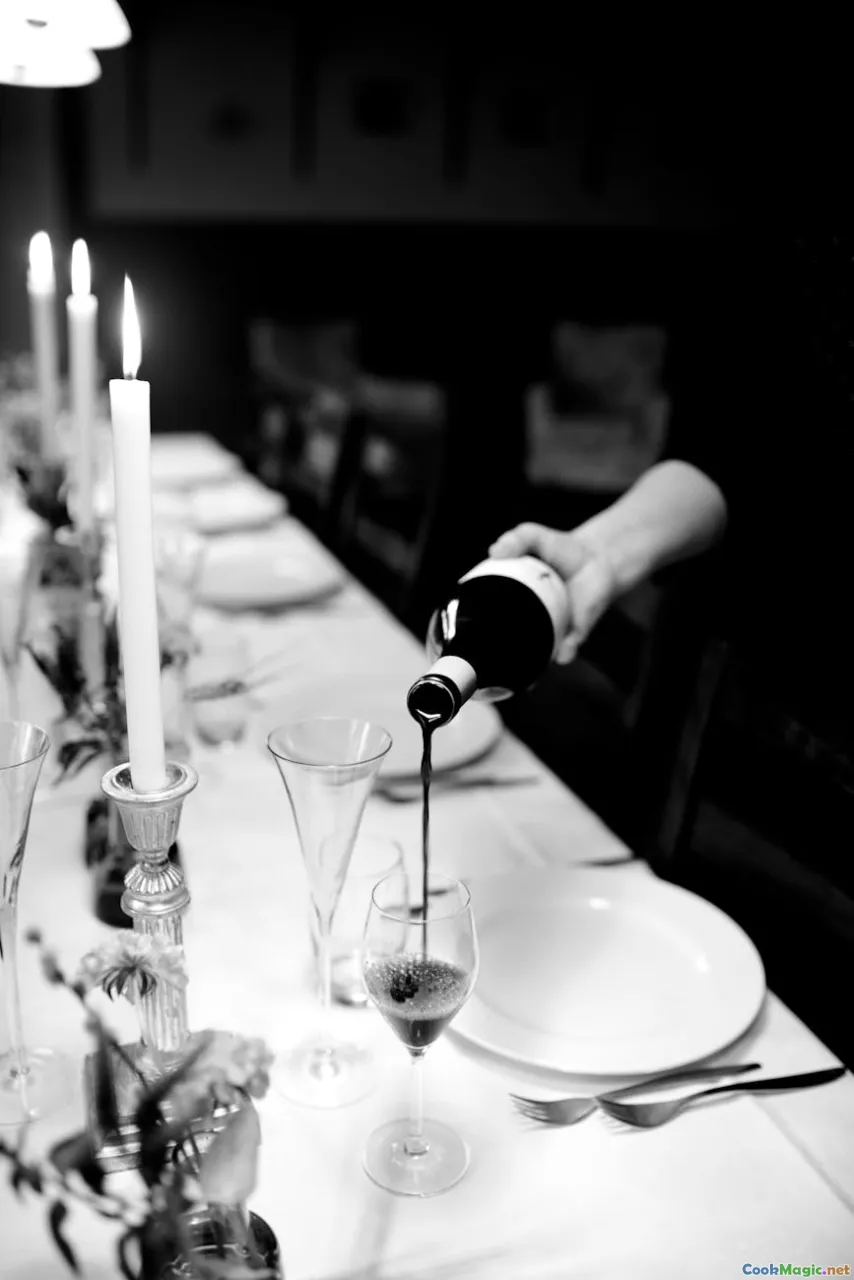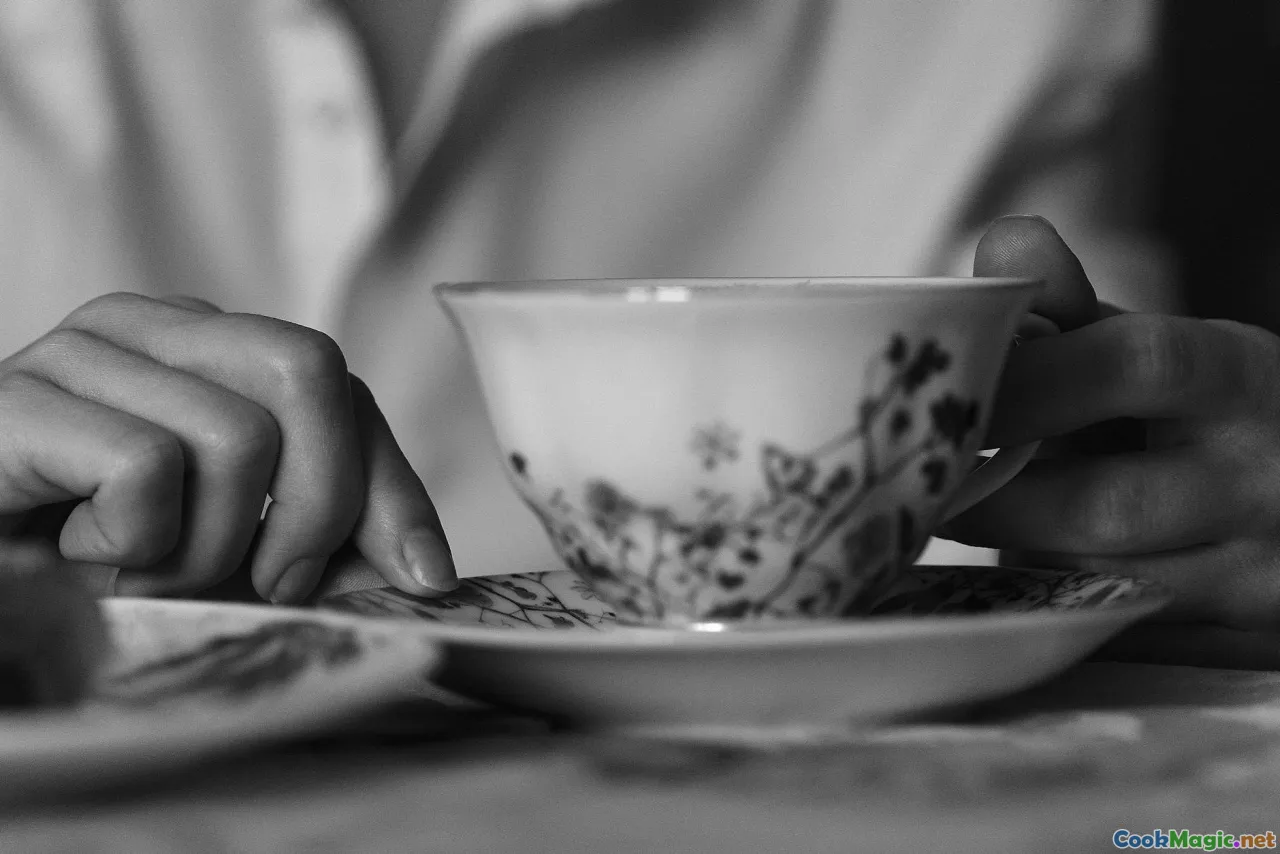Silent Service Signals in Fine Dining
11 min read Discover subtle cues and non-verbal communication that enhance seamless service in fine dining establishments. July 17, 2025 21:05
Silent Service Signals in Fine Dining
Picture this: a grand dining room illuminated by soft candlelight, the gentle hum of hushed conversations mingling with the delicate clink of fine china, and a tableau of meticulously arranged plates that seem to whisper stories of culinary artistry. Within this refined atmosphere, every gesture, glance, and unspoken signal holds intricate meaning—especially when it comes to silent service signals. These subtle cues serve as a delicate dance between server and diner, rooted in centuries of tradition yet vital in fostering an atmosphere of elegance and mutual respect.
In this article, we delve into the nuanced world of silent service signals in fine dining—a realm where body language and social etiquette elevate the dining experience beyond mere sustenance to an art form rich with history, emotion, and unspoken understanding.
The Origins and Evolution of Silent Service Signals

Historically, the language of service in high-end dining establishments traces back to European aristocratic traditions of the 18th and 19th centuries. During such eras, servers were trained to communicate with silent cues—tapping their silverware softly, adjusting napkins subtly, or making gentle eye contact—to convey messages about service timings or to seek approval for subsequent steps. These gestures minimized disruption and preserved the sanctity of the dining experience.
In France, the very culture of haute cuisine and the grand service of the Château de Versailles cultivated a repertoire of discreet signals—ranging from the faint lift of a silver fork to indicate readiness, to a delicate tilt of the head to request a break in proceedings. Over time, these subtle communications became standardized, particularly in the most refined establishments, informing both service staff and diners of appropriate timing without words.
Today, despite technological advances and modernization, these silent signals remain a cornerstone of formal service, a nod to an aesthetic that values restraint, finesse, and shared understanding.
Understanding Body Language: The Language Beyond Words

The crux of silent service signals lies in body language—an expressive lexicon understood across cultures and age groups when skilled etiquette is observed. For example:
- A slight nod from the server often indicates that a dish has been perfectly prepared and is ready to be served.
- Soft eye contact signals acknowledgement of the diner's needs or approves of the current pace.
- Minor tilt of the head or gentle shrug may be used to request patience when the kitchen needs a moment for last adjustments.
- Resting a hand gently on the shoulder or desk edge can be a discreet invitation for a prompt, signaling a sense of quiet urgency.
Conversely, diners too adept in etiquette use silent cues to communicate preferences or discomfort—such as subtly adjusting their napkin or shifting their eyeglasses to signal the need for a different dish or timing.
Silent Signals in Action: Classic Examples from Renowned Establishments
![fine dining table setting, service interaction, black-tie event, restaurant waiter])](https://img.cookmagic.net/articles/full/3_fine-dining-table-setting-service-interaction-black-tie-event-restaurant-waiter.webp)
The Ritz Paris: A Symphony of Subtlety
In the grandeur of the Ritz Paris, servers are trained to communicate almost telepathically with diners—trained in a language of gestures that includes a gentle fold of the linen napkin to indicate finality, or a raised eyebrow to politely inquire if everything is to the guest’s satisfaction. These signals are crafted to heighten the elegance without disturbing the refined ambiance.
The French Laundry: Precision and Discretion
At Thomas Keller’s revered French Laundry, silent signals are meticulously integrated into their service protocol. A quietly raised palm might suggest the close of a course, while a faint, sustained glance at the bread basket indicates that bread service is imminent. Such gestures ensure that the rhythm of the meal flows seamlessly, enhancing the sensory experience.
The Tokyo Kaiseki Tradition: Harmonious Communication
In Japan’s Kaiseki dining, silent service signals are deeply embedded in cultural customs. A subtle bow from the server signals the approaching arrival of fresh tea or a new seasonal dish, expressing gratitude and fostering intimacy. These unobtrusive cues amplify the sensory appreciation of the meal's harmony.
How to Master Silent Service Signals: Tips for Aspiring Professionals

**1. Cultivate keen observation skills:**Study the slight movements of experienced servers and diners alike. Notice how a lightly raised finger may preempt a request, or a gentle pause communicates the need for patience.**2. Practice controlled body language:**Maintain relaxed, poised gestures; avoid sudden or excessive movements that could distract or imply urgency.**3. Learn cultural nuances:**Different cultures have distinct silent cues—what’s subtle in France might differ in Japan or China. Adaptation and awareness are key.**4. Develop timing awareness:**Synchronization with the pacing of the meal—such as when to clear a plate or how to signal for the next course—requires sensitivity to micro-movements.5. Communicate with precision: If you need to signal something, act confidently and discretely—what might seem insignificant to you could greatly influence the diner's perception of service quality.
The Emotional Significance of Silent Signals
Silent service signals transcend mere technique—they embody respect, attentiveness, and emotional intelligence. When servers anticipate a guest’s needs silently, it cultivates a sense of trust and comfort, transforming a meal into a memorable experience.
Imagine savoring a perfectly cooked Filet Mignon at a Michelin-starred restaurant. The waiter, sensing your delight through your relaxed posture and the slight tilt of your head, silently indicates to the kitchen to prepare for the next course. The seamless orchestration of these unspoken cues communicates harmony—the heart of fine dining.
The Future of Silent Service in a Digital Age

While technology continues to reshape dining—the rise of tablets, digital menus, and automated systems— the essence of silent service signals endures. High-end establishments are increasingly blending tradition with innovation, training staff not only in the mechanics of advanced tools but also in maintaining the art of silent communication.
Emerging trends include the use of subtle non-verbal cues within multicultural settings, where understanding cultural differences becomes more critical than ever. As personalized dining tech becomes mainstream, the human touch—marked by mindful silence—remains irreplaceable.
Final Reflections: Embracing the Unspoken
In the symphony of fine dining, silent service signals compose a motif of elegance and mutual understanding. They embody a philosophy—that true refinement lies not only in presentation or flavor but in the delicate harmony of gestures that elevate a meal into an immersive experience.
Next time you find yourself in a dimly lit, exquisitely arranged dining room, pay close attention to these subtle exchanges. Whether you’re a server or a diner, recognizing and respecting these unspoken cues enriches the shared journey of savoring extraordinary cuisine—proof that sometimes, the most profound messages are conveyed without a single word.
Embrace the art of silent service, and let every meal be a testament to the beauty of understated grace and sympathetic communication.









